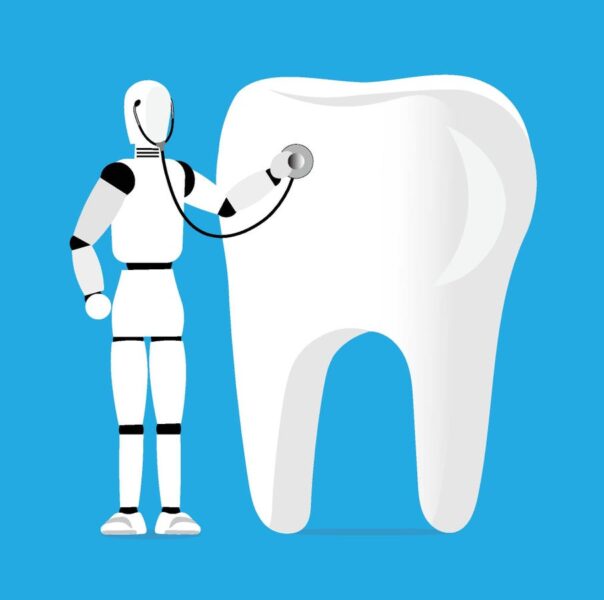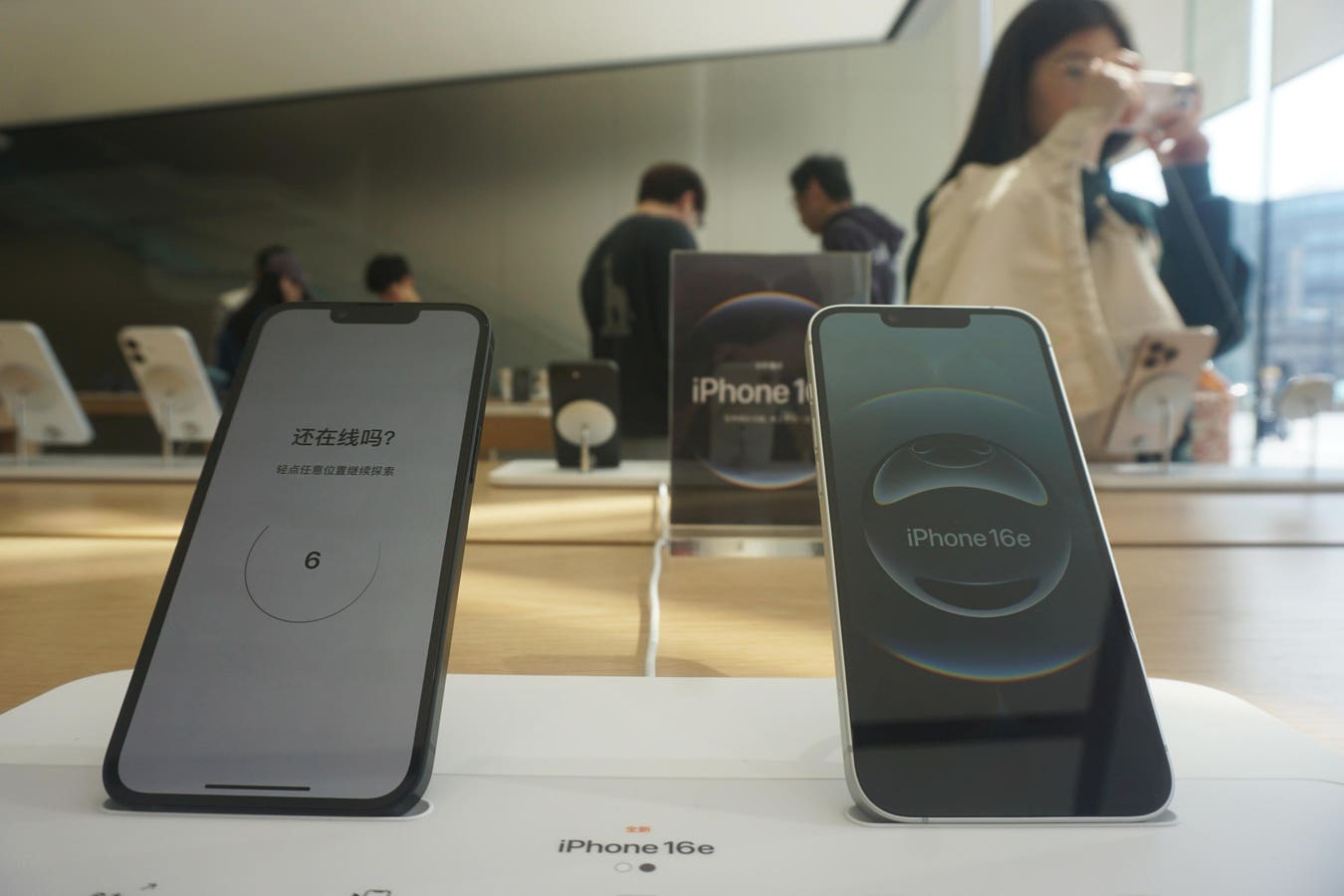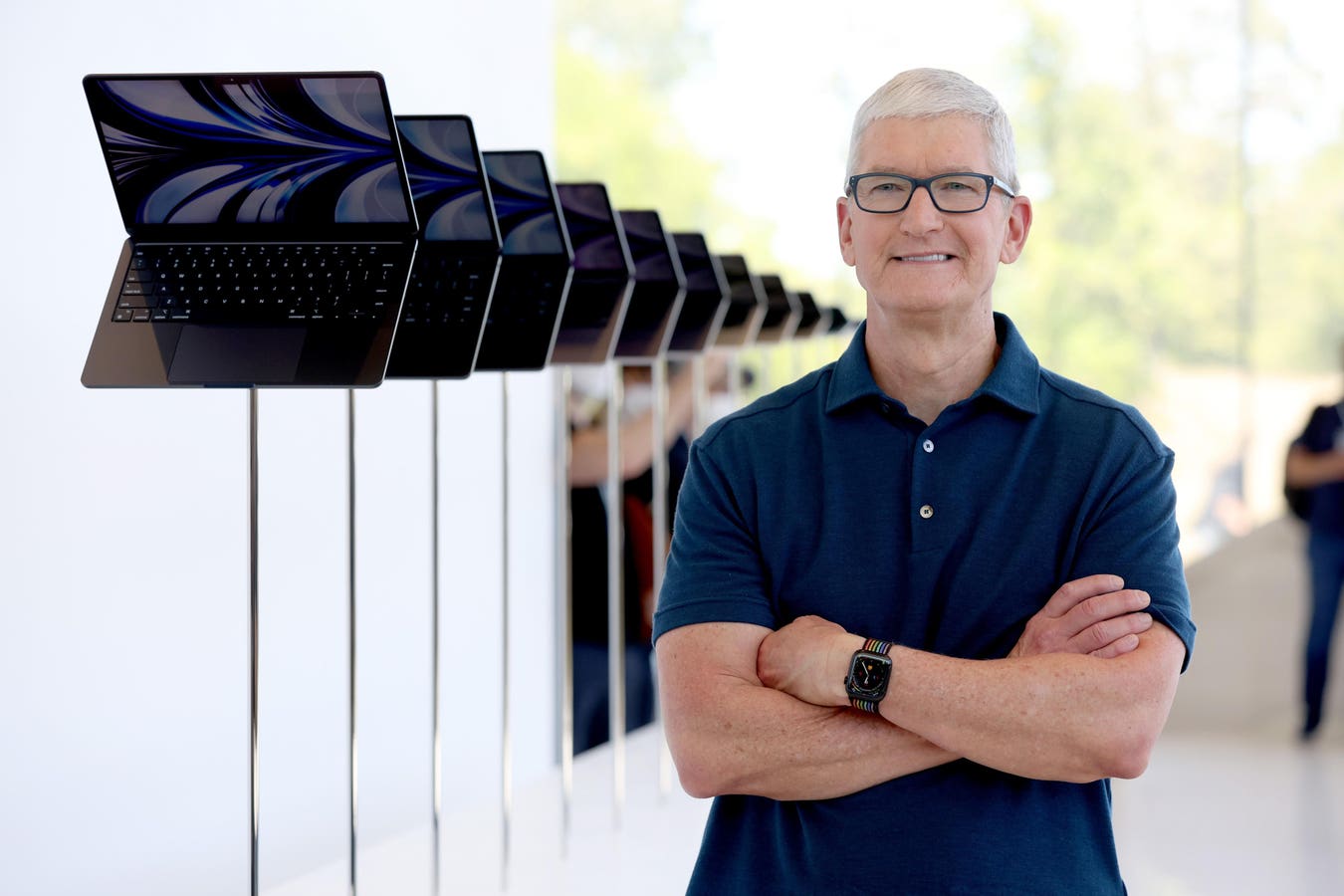Dentistry is overdue for digital change. Startups bet AI can expand access, cut costs and prevent disease — if bias and trust don’t derail it.
getty
In the United Kingdom, reports of people resorting to DIY dentistry — pulling teeth at home, gluing broken fillings, or leaving cavities untreated — have become alarmingly common. A British Dental Association survey found 82% of UK dentists have treated patients who attempted self-care since lockdown, a pattern tied to access gaps and the rise of so-called “dental deserts”.
The situation isn’t much better over the Atlantic. An estimated 72 million Americans lack dental insurance, according to the 2024–2025 CareQuest State of Oral Health Equity in America survey, with so many having to wait until their pain makes it impossible to get care.
The scale is staggering. The World Health Organization calls oral diseases the most common health condition worldwide, affecting nearly 3.7 billion people, while the CDC estimates $46 billion in lost productivity in the U.S. each year due to untreated oral disease. The unifying thread between these crises is that most oral diseases may be avoided, but systemic problems make prevention impossible.
That gap — between the preventable and the unaffordable — is exactly where some AI startups are pitching their tent. These startups are using AI in dentistry to move the sector from reactive treatment to proactive prevention. Their goal? To create AI tools that can find cavities or gum disease in a picture, speed up the administrative processes that make patients wait and enable dentists to see more patients with fewer resources.
Prevention Before The Drill
Dr. Deepak Aulak doesn’t mince words. “By the time the drill hits the tooth, it’s often already too late,” he said. Aulak, the founder and CEO of Toothfairy, a U.K. company that uses AI to spot early signs of gum disease and cavities, believes dentistry has been typecast as little more than drilling and fillings. In his view, its real purpose is prevention — stopping problems before they spiral. And he argues that AI can finally make that shift possible, catching disease earlier and sparing patients from painful, expensive interventions down the line.
From the physician’s perspective, this transformation is overdue. According to the WHO, untreated dental caries in permanent teeth remains the most common condition globally. That scale of preventable disease, Aulak argues, is why dentists themselves are looking for better tools.
“Building effective AI solutions requires deep domain expertise. Our team is made up of practicing dentists who have treated thousands of patients and understand the challenges of dental care firsthand.” He believes the traditional pathway is “not affordable, accessible, or available,” and sees digital tools as one way to close that gap.
Rethinking Dental Economics
Behind the scenes of every dental office is a tangle of appointment scheduling, insurances, billing and administrative friction. Farid Fadaie, founder of Viva AI, which streamlines patient calls and scheduling with AI, sees efficiency as central to access. “AI eliminates the bottlenecks that waste time and money — missed calls, unbooked treatments and confusing care plans. By automating admin tasks, dentists can do more with the same team and patients get faster, more affordable care,” he told me.
That kind of operational leverage is no longer just a nice-to-have, but a must-have for dentists. Already, mainstream dental coverage tools are integrating AI to reduce overhead, improve claims accuracy and streamline payments. One example is the rise of AI in dental claims management. Overjet, for instance, has gained traction by applying AI to validate X-rays and streamline billing codes, helping insurers and dentists reduce claim denials and speed reimbursement.
In general, these trends point to a new way of running a dental practice: Lower overhead costs, faster cash flow and operations that can grow.
Bias, Trust And Human Oversight
No conversation about medical AI is complete without confronting bias and the case isn’t different in dentistry. Dental tissues vary in color, texture and pigmentation across individuals and ethnicities — a reality that complicates algorithmic diagnosis. “The mouth’s different colours and textures can make diagnosis difficult — if not trained well. For example, pigmented skin may be healthy for some people; darker areas of the gum may be a sign of concern for others,” Aulak explained, adding that this is why Toothfairy regularly conducts bias audits and testing, from stratified validation to performance parity checks.
Fadaie, too, frames inclusivity as a design pillar: “We actively test across diverse demographics and languages to avoid blind spots. Our multilingual platform is designed so patients of all backgrounds get equitable care, and we continually audit outcomes to close performance gaps.”
Even so, some critics urge caution. Dr. Chester Gary, a clinical assistant professor of restorative dentistry, has warned that “AI in its best form is still only a computer. AI cannot think, feel or have a soul and AI doesn’t have the clinical judgment of a human being, taking into account a patient’s finances, social challenges, mental ability or other relevant situations.”
It’s a reminder to temper optimism with realism about AI’s limits. For both Aulak and Fadaie, the answer is to keep humans firmly in the loop, with both founders noting that transparency about when AI is used, and why, will be vital in earning clinician and patient trust.
New Frontiers And Adoption Hurdles
Even as the AI dentistry toolkit improves, adoption remains an obstacle. As Aulak told me, the “old boys’ club” that has long dominated dentistry is often slow to embrace digital change. But he sees the turning moment coming from outside forces, like more claims from insurers, clinics having less space, and proof that oral health is linked to systemic disorders like Alzheimer’s and diabetes.
For Fadaie, regulatory uncertainty, privacy and reimbursement models are some of dentistry’s biggest problems today. He noted, however, that companies combat these headwinds proactively following the example at Viva. “Compliance from day one, clear patient disclosures, and workflows that align with existing insurance and teledentistry frameworks are essential,” he noted.
Investors, for their part, appear bullish. Fadaie calls dentistry “high-volume, high-cost and fragmented — exactly where AI creates quick, measurable ROI.” Aulak points to recent momentum: Earlier this month, Toothfairy closed an oversubscribed $10 million funding round, achieving profitability and generating millions in revenue at an early stage — a rarity in an AI sector where many startups are still operating at a loss.
Both envision things coming together in the future. Aulak envisions a full-stack suite of tools bridging home and clinic, spanning diagnosis, monitoring and treatment. Fadaie foresees integration between communication AI and clinical AI so that patients can receive accessible, real-time feedback and healthcare pathways. In his words, “The biggest opportunities are in closing the loop between patient communication and clinical AI, so prevention finally becomes the more economical path.”
Dentistry has long been the overlooked sibling of healthcare’s digital transformation, but that may be changing now. Beyond better dental scanning, the promise is a whole new way of thinking about who gets care, when and how much it costs. However, there are no full assurances yet, as bias, trust, regulation and adoption are still big problems. But if the AI tools being built today can deliver on even a fraction of their promise, they might rewrite dental health into a narrative of inclusion, prevention and economic efficiency.









